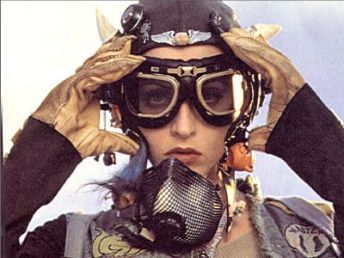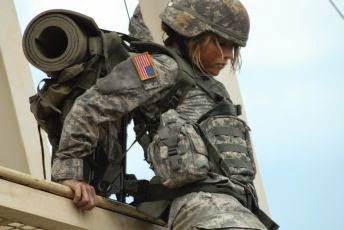It has been producing chemical weapons since the 1980s and is now estimated to have as many as 5,000 tons, according to a biennial South Korean defense white paper. Its stockpile, one of the world's largest, reportedly has 25 types of agents, including sarin, mustard, tabun and hydrogen cyanide. It also is thought to have nerve agents, such as the VX allegedly used by two women — one Vietnamese and the other Indonesian — to kill the North Korean leader's half brother, Kim Jong Nam.
North Korea also has 12-13 types of biological weapons, said Lee Illwoo, a Seoul-based commentator on military issues. It can likely produce anthrax, smallpox and plague, the South Korean defense paper said. If war breaks out, North Korea would likely target Seoul's defenses with chemical and biological weapons dropped from aircraft or delivered via missiles, artillery and grenades, experts say.
Making chemical weapons isn't extremely difficult, and the North likely uses chemical fertilizer plants to manufacture its weapons, according to South Korean experts. The military information website GlobalSecurity.org said that North Korea has at least eight industrial facilities that can produce chemical agents.
"The biggest weakness of chemical weapons is that their effectiveness expires soon and new supplies need to be made constantly, so North Korea maintaining a stockpile of up to 5,000 tons indicates a very strong production capability," said Kim, the analyst. Some defectors from the North have claimed that the authoritarian country tested chemical agents on political prisoners. The North is also thought to have some 17 microbiological labs and other places to nurture and produce germs to be used as weapons.
The North can argue that such places are meant to study how to prevent epidemic diseases. But analyst Lee said the North has already placed those germs in storage facilities in military units, which means Pyongyang intends to use them as weapons.















0 comments:
Post a Comment